
Sustainable Materials
Stainless steel has been successfully used in building envelopes since the completion of the Chrysler building in 1928. Today, it is used as both a

Stainless steel has been successfully used in building envelopes since the completion of the Chrysler building in 1928. Today, it is used as both a

Urban noise pollution is a major environmental health problem. International organizations are making efforts to prevent health damage due to high

It’s that time of year as the holidays approach and heating bills climb. Next to moisture control, thermal behavior has occupied the top spot in performance considerations of the facade system for many years now. So how are we doing? Not so hot!
The built environment has a significant impact on our natural environment, depleting non-renewable resources, overwhelming landfill sites, and
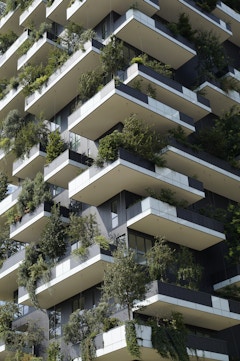
Being part of the European Façade Network efn, an association of ten research and education entities throughout Europe, I would like to share my experiences of last year’s conferences and research activities with this brief contribution.
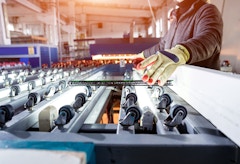
Pushing Change: R&D Innovation Processes in Construction Building Products, the second installment of the FTI Dialogues: Suppliers & Contractors Series, took place virtually on Friday, March 26th.
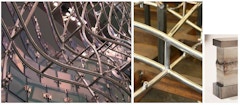
This paper presents a summary of the industry advances beyond T304 and T316 austenitic stainless steels. The greater availability of precipitation

Factory inspection visits are vital, yet they unfortunately have a habit of being overlooked. The factory inspection process during the Building

Awareness of embodied carbon impacts is surging like hurricane-driven floodwaters and altering the landscape of everything in its path. What are the implications for buildings, the facade system and urban habitat? FTI is taking this on with its 2019 Forum series.

Historically, the material advantages of aluminum have resulted in its widespread application as curtain wall framing. But amidst the 21st century push for increased energy performance, aluminum is also characterized by problematic thermal properties and a high-embodied energy profile.
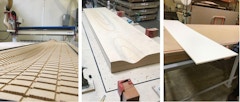
Navigating the building code, while challenging in any respect, can be even trickier when considering the use of emerging materials on building
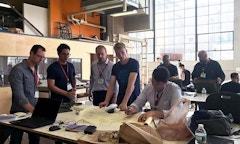
As an industry, we talk a lot about collaboration but the walk, not so much. This ceramics workshop is a stellar example of industry/academic/professional collaboration and worthy of the highest praise. We need more of this!

This paper will explore steel forming methods other than cold drawn or hot rolled processes, and how they allow steel to be utilized as the primary

Iridescence effects, quench marks, leopard marks… The names given to optical anisotropy in toughened and heat-strengthened glass are diverse and
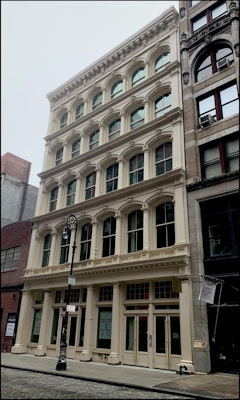
In 1871, a fourth level Architecture course was offered in New York City that instructed on topics such as heating, ventilation and circulation of

Current glass industry standards provide clear tolerances for readily quantifiable physical properties to assist with the evaluation of visual

Many factors will influence coating selection, but to achieve the desired performance level for a given situation, coatings must be specified based


